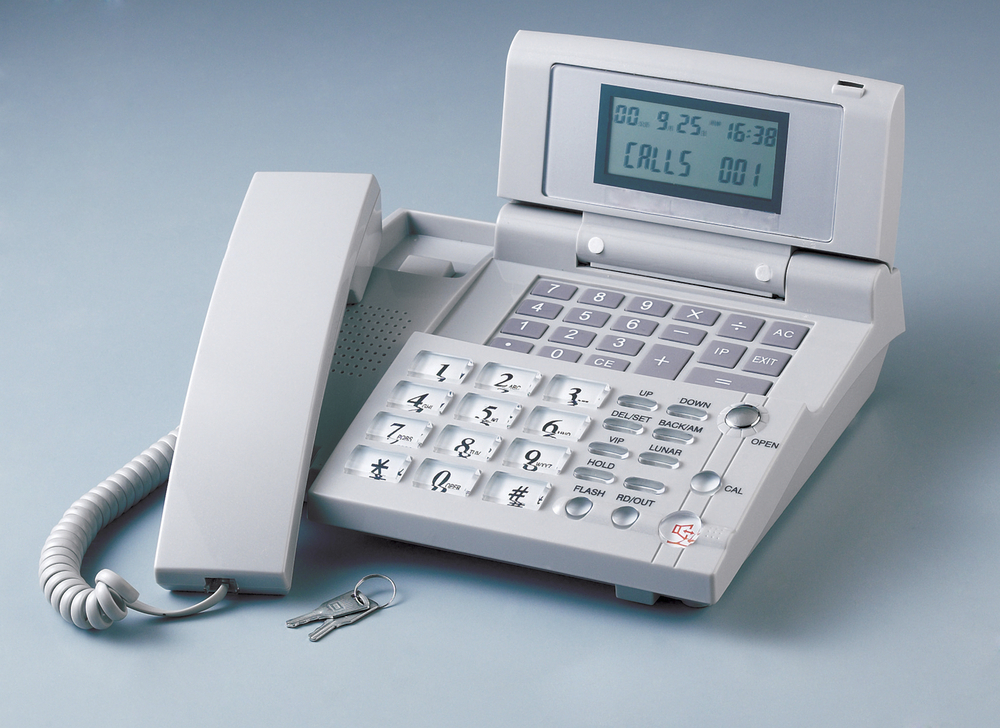Written on June 02, 2025.
In the telecommunications industry, the accuracy, speed and reliability of
call routing and caller identification are crucial to the success of any
communication system. With the rise of VoIP, mobile communication and
complex call centers, identifying the origin of a call has become more than
just a convenience it's a necessity. One of the most important technologies
supporting this function is Automatic Number Identification, often referred
to as ANI. Understanding how ANI works and the value it provides is
essential for businesses looking to streamline operations, enhance customer
experience and improve security across their voice networks.
What is Automatic Number Identification? (ANI) It's a telecommunications
feature that automatically delivers the calling party's telephone number to
the recipient's system, typically before the call is even answered. This
technology is used extensively in both traditional and IP based telephony
systems, including toll free services, call centers, emergency response
units and billing platforms. Unlike caller ID, which can be blocked or
spoofed by the user, ANI is transmitted directly by the telecom carrier and
is generally considered more reliable and tamper resistant.

ANI originated in the legacy telephone network as a way for service
providers to accurately bill customers for long distance calls. Since those
early days, it has evolved into a powerful tool used for various real time
applications, including call routing, fraud detection and automated
database lookups. In toll free calling, for example, ANI allows businesses
to see who is calling their 800 number even if the caller has restricted
their caller ID. This enables companies to personalize responses, route
calls to the appropriate department and collect detailed analytics on call
patterns and customer behavior.
One of the most impactful uses of ANI is within modern call centers. These
environments rely heavily on caller information to serve customers quickly
and efficiently. ANI helps match incoming calls with customer records in the
CRM system, enabling representatives to greet the caller by name, anticipate
their needs and resolve issues faster. This improves the overall experience
for the caller while reducing the time and cost associated with each
interaction. Moreover, with ANI data, companies can track call volumes,
monitor service levels and identify trends that influence staffing
decisions and workflow improvements.
In emergency services and public safety sectors, ANI plays a critical role
in identifying the source of incoming calls. When someone dials 911, ANI
ensures the dispatcher receives the phone number of the caller, even if the
call is disconnected or comes from a payphone or mobile device. This
capability has saved countless lives by enabling first responders to locate
individuals and provide help, even when the caller cannot communicate their
location.
From a security standpoint, ANI provides a first layer of verification for
businesses trying to prevent fraud and unauthorized access. Financial
institutions, healthcare providers and government agencies often use ANI
data to screen calls before allowing access to sensitive accounts or
confidential information. If the ANI does not match a verified contact
number on file, the system can trigger additional authentication steps or
flag the call for review. This simple but powerful technique adds a layer of
defense against impersonation and data breaches.
Another area where ANI shines is in telemarketing and outbound calling.
Companies conducting mass calling campaigns use ANI to ensure that return
calls are routed correctly. For instance, if a prospect returns a call after
receiving an automated message, the ANI enables the system to match that
return call with the original campaign, routing it to the right
representative or automated response. This leads to more effective campaign
management, accurate tracking of ROI and improved customer interaction.
Although ANI is often confused with caller ID, it's important to understand
the difference. Caller ID is a service provided to end users and the
displayed information can be modified or hidden by the caller. ANI, by
contrast, is a system level feature transmitted through the telecom network
infrastructure, making it far more reliable for business and operational
use. This distinction is especially important in scenarios where accurate
identification is critical, such as law enforcement investigations, medical
hotlines or emergency alert systems.
With the increase in robocalls and fraudulent activity, many telecom service
providers are integrating ANI with newer technologies such as STIR/SHAKEN to
authenticate caller identity and protect consumers. This ongoing evolution
highlights how ANI continues to adapt and play a central role in maintaining
trust and efficiency in voice communications.
At Bulk Solutions, we understand the importance of reliable caller
identification and intelligent call routing in business communications. Our
systems leverage ANI to enhance call handling, support advanced reporting
and increase operational security. Whether you're operating a high volume
contact center, managing a toll free service or simply looking to improve
the quality of your customer interactions, we provide robust, scalable
solutions tailored to your needs.
The question "What is Automatic Number Identification? (ANI) goes far
beyond a simple definition. It's a foundational element in
telecommunications that enhances billing accuracy, strengthens security,
streamlines customer service and enables smarter call management. As
businesses continue to demand more efficient and data driven communications,
ANI will remain a critical component of their success.
We support all telecommunication services and needs. Remember to keep Bulk
Solutions in mind for your telecommunication needs since we value Quality
and Reliability above everything else.
